

| Cruise Region : Europe |
| Company : Croisi Europe |
| Ship : MS Loire Princesse |
| Journey Start : հնգ 25 սեպ 2025 |
| Journey End : չրք 01 հոկ 2025 |
| Count Nights : 6 nights |
| Day | Date | Port | Arrival | Departure |
|---|---|---|---|---|
| 1 | 25.09 հնգ | Փարիզ / France | 17:00 | |
| 2 | 26.09 ուր | Փարիզ / France | 08:00 | |
| 2 | 26.09 ուր | Նանտ / France | 18:00 | 19:00 |
| 3 | 27.09 շբթ | Սեն-Նազեր / France | 01:00 | 13:00 |
| 3 | 27.09 շբթ | Նանտ / France | 20:00 | |
| 4 | 28.09 կիր | Նանտ / France | 18:30 | |
| 4 | 28.09 կիր | Անսենի / France | 23:30 | |
| 5 | 29.09 երկ | Անսենի / France | 08:00 | |
| 5 | 29.09 երկ | Շալոն-սյուր-Սան / France | 13:00 | |
| 6 | 30.09 երք | Շալոն-սյուր-Սան / France | 12:00 | |
| 6 | 30.09 երք | Անսենի / France | 17:00 | 20:30 |
| 7 | 1.10 չրք | Նանտ / France | 09:00 | 09:00 |
All inclusive on board:
All meals included - DRINKS INCLUDED with meals and at the bar
Refined French cuisine - Gala dinner and evening - Welcome cocktail
Free Wi-Fi onboard
Headsets are included for excursions
Official welcome from the captain and crew
Onboard activities
Travel assistance and repatriation insurance
All port fees included
Additional expenses:
Airfare and transfers to/from the departure and arrival ports
Personal expenses (e.g., souvenirs, extra drinks beyond those included)
Tips for crew and guides (recommended) from €9 per day per guest
Medical insurance (optional, at your own discretion)
Excursions and activities not included in the program
Additional onboard services (spa, massage, laundry, etc.)
PAYMENT AND BOOKING CONDITIONS:
A deposit 30 % is due within 4 days after confirmation if you pay credit card, bank transfer, or personal check. If you pay by credit card, you must sign an authorization form. If paying by wire transfer, the transfer must be received within 8 days after confirmation. Final payment is due at least 90 days prior to departure. Vouchers will be sent by email at 30 days prior to departure and only when full payment has been made. You are considered confirmed when we receive your deposit of 30 % of the price of the cruise, or, if you are confirmed within 90 days before departure, you are confirmed when we receive your full payment. Failure to pay the balance by the 90-day deadline is a default that entitles us to cancel your agreement and retain your deposit if you do not pay within eight days after notice of nonpayment.
CANCELLATION:
1) TRAVELLER’S RIGHT OF CANCELLATION
The traveller may cancel the contract at any time prior to the start of the trip or stay, subject to the payment of appropriate cancellation fees or, where applicable, standard cancellation fees charged by the organiser or retailer, in accordance with Article L. 211-14 I of the French Tourism Code.
2) CANCELLATION COSTS
In the event of cancellation by the customer, and in accordance with Article L 211-14 of the French Tourism Code, the sums paid will be reimbursed minus the cancellation fees per person specified below, depending on the date of cancellation in relation to the departure date, and the non-refundable costs of insurance, reservation fees and visa fees, as well as all other insurance and cancellation fees required by our suppliers. If one of the passengers in a double room or cabin cancels his/her reservation, the remaining passenger will have to pay the double room or cabin supplement for individual use. All cancellations must be sent to the seller by registered mail with acknowledgment of receipt..
Cost of cancelling CroisiEurope river cruises:
• More than 90 days before date of departure: 150 €, not including VAT, in administration fees will be charged per person (fees for themed-weekend and Christmas-market cruises are listed after)
• From 90 to 60 days: 20 % of total amount of cruise package
• From 59 to 30 days: 50 % of total amount of cruise package
• From 29 to 19 days: 60 % of total amount of cruise package
• From 18 to 9 days: 75 % of total amount of cruise package
• 8 days or less before departure: 100 % of total amount of cruise package
For CroisiEurope themed-weekend and Christmas-market river cruises, a cancellation fee of 50 €, not including VAT, will be charged per person at more than 90 days before departure. The fee schedule listed above remains unchanged for these cruises.
Cost of cancelling CroisiEurope seafaring cruises:
• More than 90 days before date of departure: 300 €, not including VAT, in administration fees will be charged per person
• From 90 to 60 days: 40 % of total amount of cruise package
• From 59 to 30 days: 60 % of total amount of cruise package
• From 29 to 9 days: 75 % of total amount of cruise package
• 8 days or less before departure: 100 % of total amount of cruise package
Cancellation terms and conditions above, the cancellation fees for CroisiEurope “New Year’s Eve” river and seafaring cruises are as follows:
• More than 90 days before date of departure: 300 €, not including
VAT, in administration fees will be charged per person
• From 90 to 60 days: 40 % of total amount of cruise package
• From 59 to 30 days: 60 % of total amount of cruise package
• From 29 to 20 days: 75 % of total amount of cruise package
• 19 days or less before departure: 100 % of total amount of cruise package
Cancellation fees for the cruises on the Mekong, Ganges, Nile and in Southern Africa:
• More than 90 days before date of departure: 300 €, not including VAT, in administration fees will be charged per person
• From 90 to 61 days: 35 % of total amount of cruise package
• From 60 to 31 days: 50 % of total amount of cruise package
• From 30 to 20 days: 70 % of total amount of cruise package
• From 19 to 9 days: 80 % of total amount of cruise package
• 8 days or less before departure: 100 % of total amount of cruise package
By accepting these general terms and conditions of sale, the traveller expressly acknowledges that he/she has been previously informed and agrees to the cancellation fees in the manner set out above.
IMPORTANT: All packages including air transport are subject to the general and specific cancellation conditions of the designated airline companies. In the event of cancellation by one or more passengers, the following cancellation conditions shall be applied:
• River, maritime and coastal services: pursuant to the general terms and conditions of CroisiEurope.
• Air transport: terms and conditions of the designated airline company, available on the web sites of the respective airlines or from our booking departments on request.
In addition, the amount of cancellation fees relating to land-based services (hotel, for example) will correspond to the amount of actual fees invoiced by the partner to CroisiEurope.
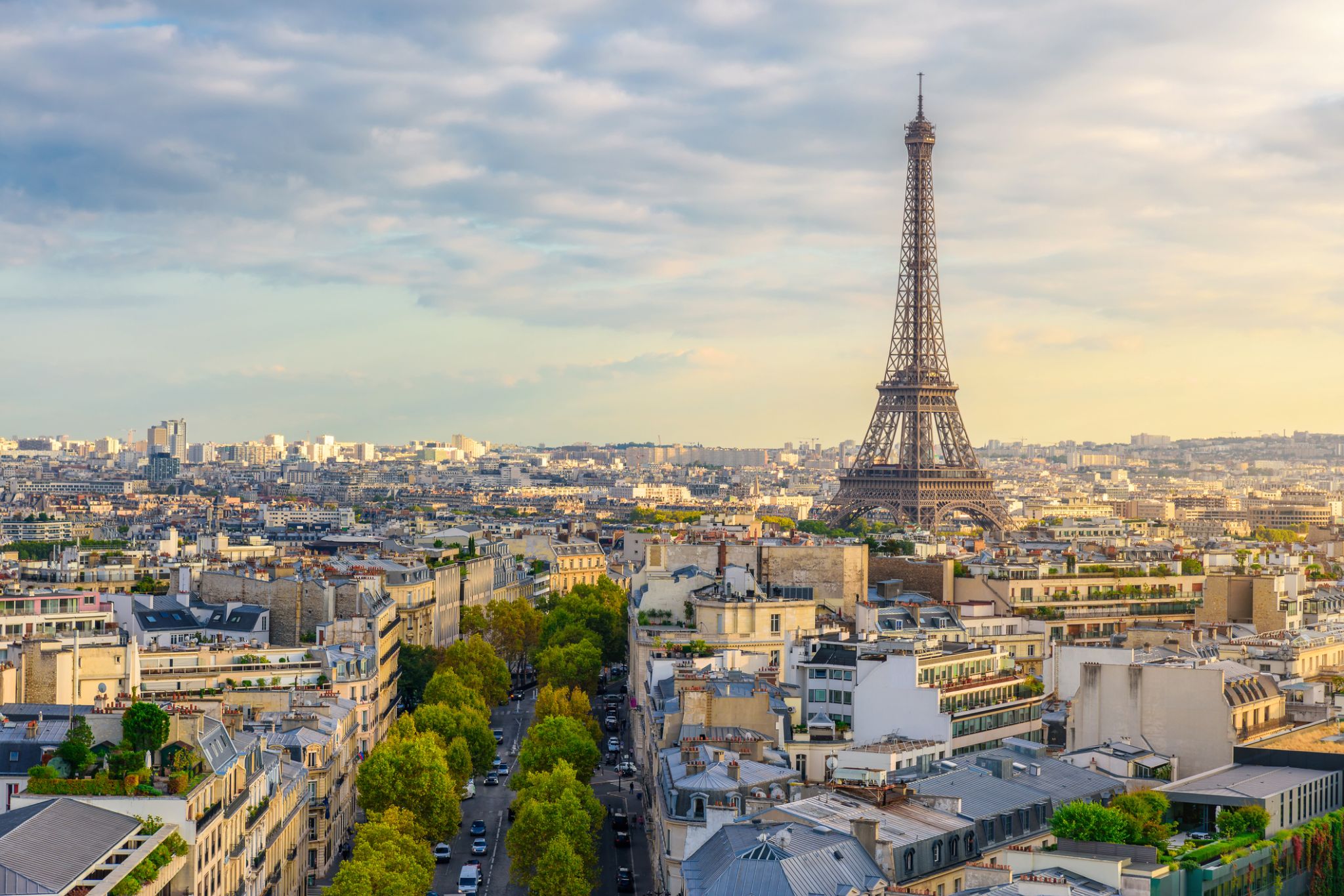
the capital of France, on the Seine River; population 2,203,817 (2006). Paris was held by the Romans, who called it Lutetia, and by the Franks, and was established as the capital in 987 under Hugh Capet. It was organized into three parts—the Île de la Cité (an island in the Seine), the Right Bank, and the Left Bank—during the reign of Philippe-Auguste 1180–1223. The city's neoclassical architecture dates from the modernization of the Napoleonic era, which continued under Napoleon III, when the bridges and boulevards of the modern city were built.

the capital of France, on the Seine River; population 2,203,817 (2006). Paris was held by the Romans, who called it Lutetia, and by the Franks, and was established as the capital in 987 under Hugh Capet. It was organized into three parts—the Île de la Cité (an island in the Seine), the Right Bank, and the Left Bank—during the reign of Philippe-Auguste 1180–1223. The city's neoclassical architecture dates from the modernization of the Napoleonic era, which continued under Napoleon III, when the bridges and boulevards of the modern city were built.
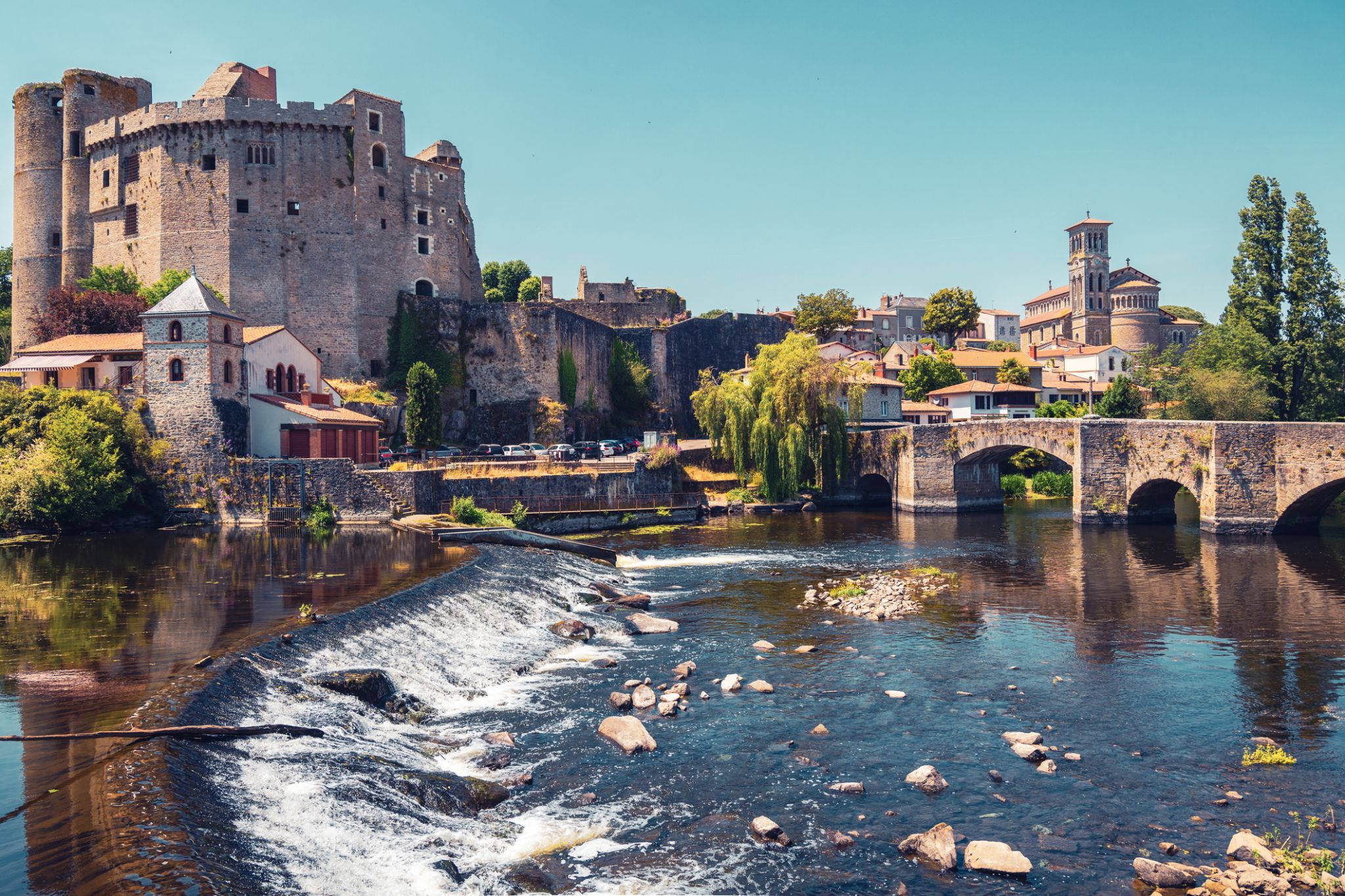
Նանտը Ֆրանսիայի արևմտյան մասում գտնվող մեծ նավահանգստային քաղաք է, որը գտնվում է Լուարա գետի վրա: Քաղաքը հայտնի է իր հարուստ պատմությամբ և մշակութային ժառանգությամբ: Նանտի գլխավոր տեսարժան վայրերից մեկն է Բրետանի դղյակը, որը հանդիսանում է քաղաքի խորհրդանիշը: Այստեղ կարելի է տեսնել միջնադարյան ճարտարապետություն, ինչպես նաև թանգարաններ, որոնք նվիրված են տարածաշրջանի պատմությանը: Քաղաքի կենտրոնում հատուկ ուշադրություն են գրավում հին թաղամասերը, գեղեցիկ ճակատներով և հարմարավետ փողոցները, որոնք իդեալական են զբոսանքների համար:
Նանտը հայտնի է իր մշակութային միջոցառումներով և ժամանակակից նախաձեռնություններով: Քաղաքի ամենահայտնի նախագծերից մեկը «Կղզու մեքենաներն» է, յուրօրինակ ցուցադրություն, որտեղ ներկայացված են մեխանիկական կառուցվածքներ, որոնք ներշնչված են Ժյուլ Վերնեի երևակայությունից: Քաղաքը հայտնի է իր կանաչ տարածքներով, այդ թվում՝ Թյուիլերի պարտեզով և մեծ այգիներով, որոնք բնակիչներին և զբոսաշրջիկներին ապահովում են բաց երկնքի տակ հանգստանալու կատարյալ պայմաններ: Նանտը կատարելապես համադրում է ժամանակակիցությունն ու պատմական ժառանգությունը, գրավելով ճանապարհորդներին ամբողջ աշխարհից:
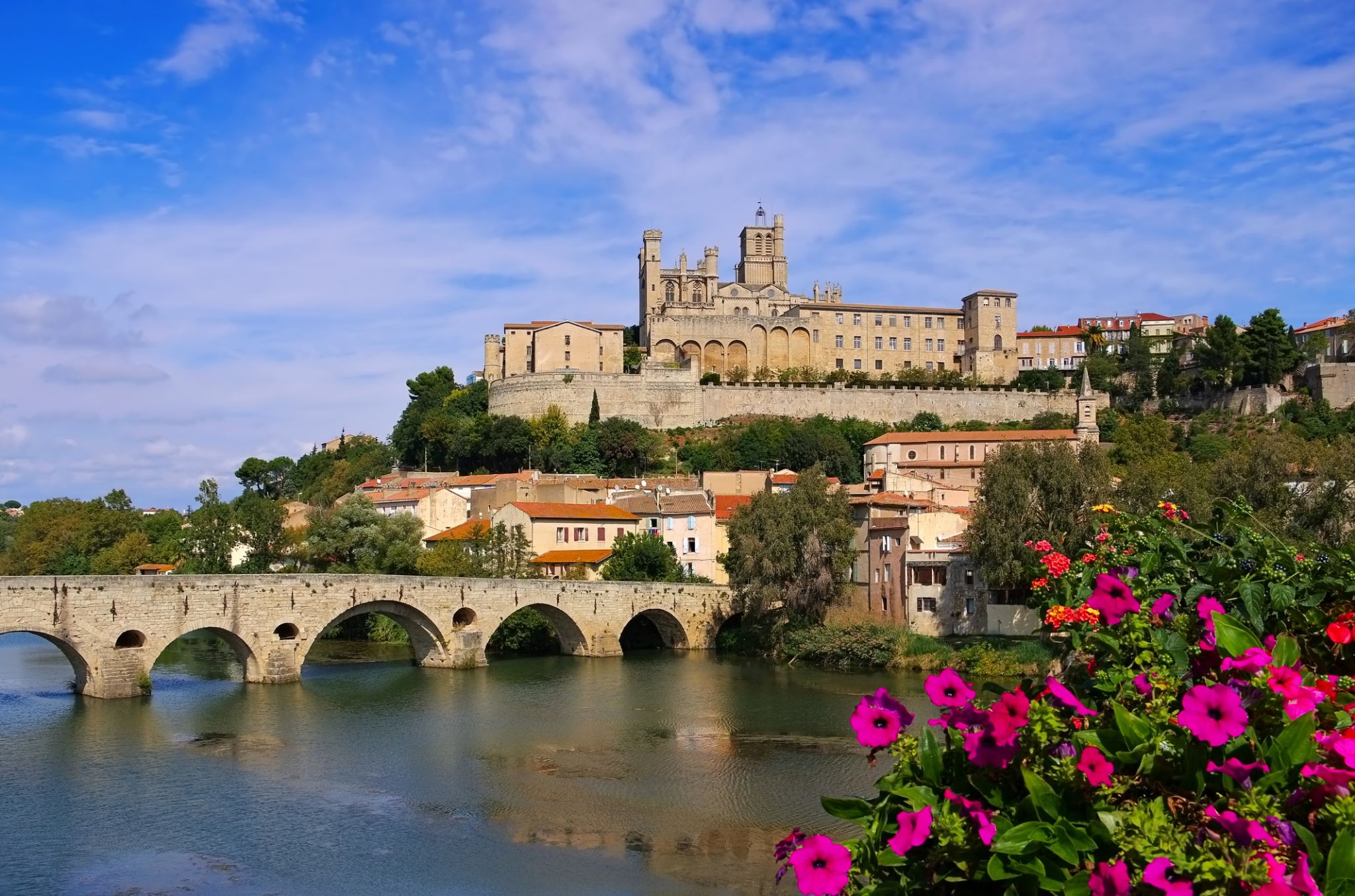

Նանտը Ֆրանսիայի արևմտյան մասում գտնվող մեծ նավահանգստային քաղաք է, որը գտնվում է Լուարա գետի վրա: Քաղաքը հայտնի է իր հարուստ պատմությամբ և մշակութային ժառանգությամբ: Նանտի գլխավոր տեսարժան վայրերից մեկն է Բրետանի դղյակը, որը հանդիսանում է քաղաքի խորհրդանիշը: Այստեղ կարելի է տեսնել միջնադարյան ճարտարապետություն, ինչպես նաև թանգարաններ, որոնք նվիրված են տարածաշրջանի պատմությանը: Քաղաքի կենտրոնում հատուկ ուշադրություն են գրավում հին թաղամասերը, գեղեցիկ ճակատներով և հարմարավետ փողոցները, որոնք իդեալական են զբոսանքների համար:
Նանտը հայտնի է իր մշակութային միջոցառումներով և ժամանակակից նախաձեռնություններով: Քաղաքի ամենահայտնի նախագծերից մեկը «Կղզու մեքենաներն» է, յուրօրինակ ցուցադրություն, որտեղ ներկայացված են մեխանիկական կառուցվածքներ, որոնք ներշնչված են Ժյուլ Վերնեի երևակայությունից: Քաղաքը հայտնի է իր կանաչ տարածքներով, այդ թվում՝ Թյուիլերի պարտեզով և մեծ այգիներով, որոնք բնակիչներին և զբոսաշրջիկներին ապահովում են բաց երկնքի տակ հանգստանալու կատարյալ պայմաններ: Նանտը կատարելապես համադրում է ժամանակակիցությունն ու պատմական ժառանգությունը, գրավելով ճանապարհորդներին ամբողջ աշխարհից:

Նանտը Ֆրանսիայի արևմտյան մասում գտնվող մեծ նավահանգստային քաղաք է, որը գտնվում է Լուարա գետի վրա: Քաղաքը հայտնի է իր հարուստ պատմությամբ և մշակութային ժառանգությամբ: Նանտի գլխավոր տեսարժան վայրերից մեկն է Բրետանի դղյակը, որը հանդիսանում է քաղաքի խորհրդանիշը: Այստեղ կարելի է տեսնել միջնադարյան ճարտարապետություն, ինչպես նաև թանգարաններ, որոնք նվիրված են տարածաշրջանի պատմությանը: Քաղաքի կենտրոնում հատուկ ուշադրություն են գրավում հին թաղամասերը, գեղեցիկ ճակատներով և հարմարավետ փողոցները, որոնք իդեալական են զբոսանքների համար:
Նանտը հայտնի է իր մշակութային միջոցառումներով և ժամանակակից նախաձեռնություններով: Քաղաքի ամենահայտնի նախագծերից մեկը «Կղզու մեքենաներն» է, յուրօրինակ ցուցադրություն, որտեղ ներկայացված են մեխանիկական կառուցվածքներ, որոնք ներշնչված են Ժյուլ Վերնեի երևակայությունից: Քաղաքը հայտնի է իր կանաչ տարածքներով, այդ թվում՝ Թյուիլերի պարտեզով և մեծ այգիներով, որոնք բնակիչներին և զբոսաշրջիկներին ապահովում են բաց երկնքի տակ հանգստանալու կատարյալ պայմաններ: Նանտը կատարելապես համադրում է ժամանակակիցությունն ու պատմական ժառանգությունը, գրավելով ճանապարհորդներին ամբողջ աշխարհից:
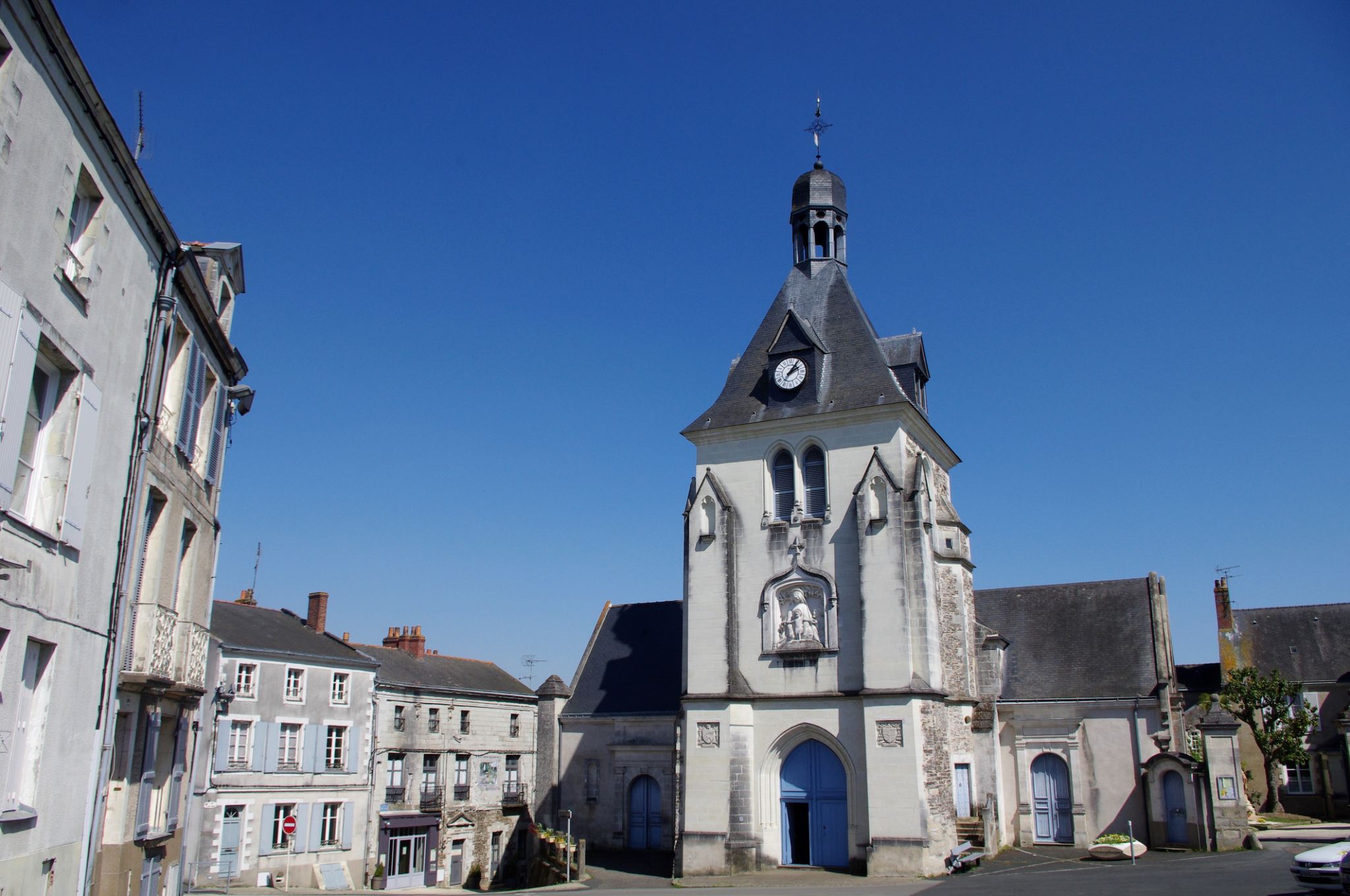

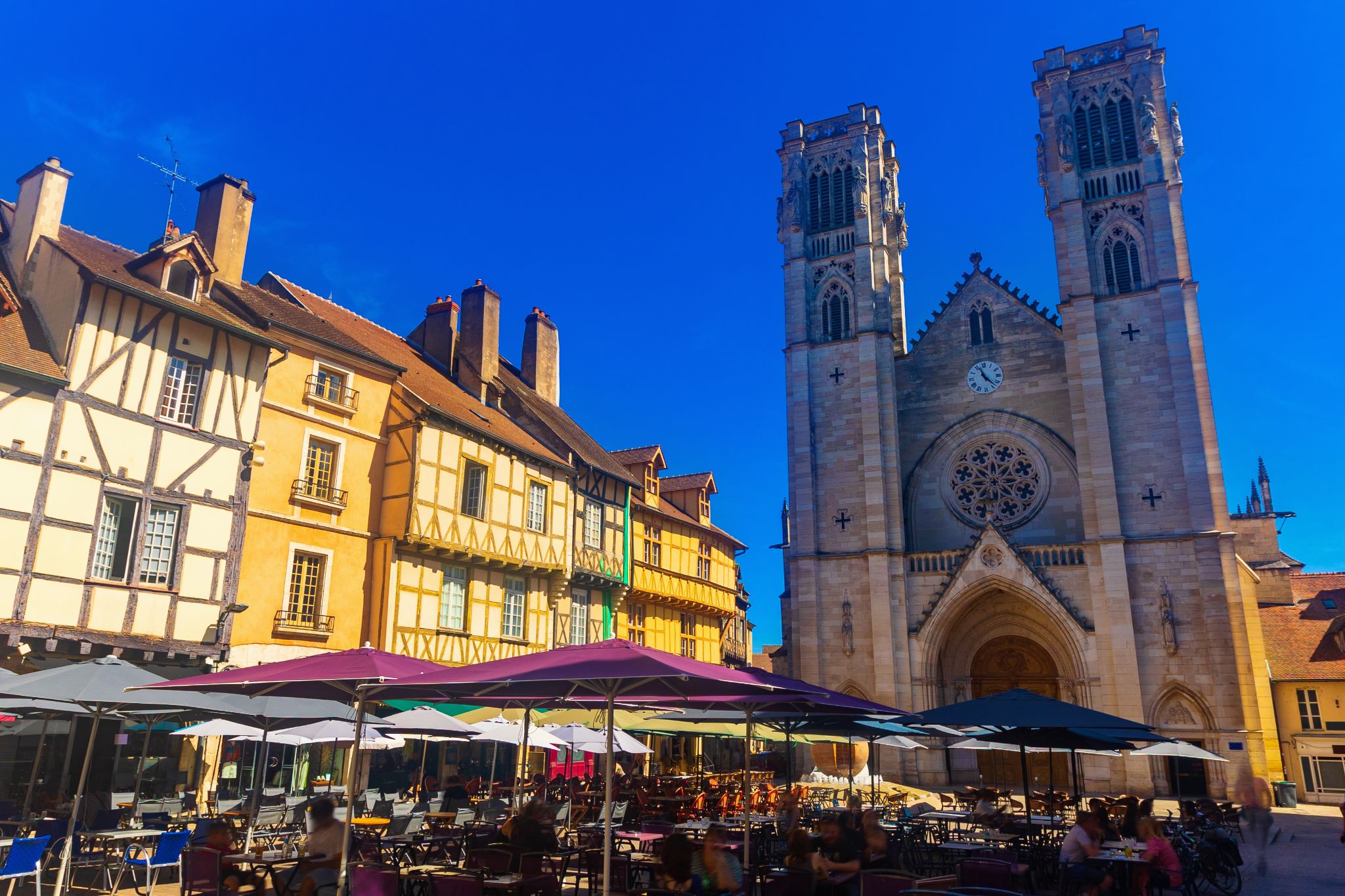
Chalon-sur-Saône is a commune in the Saône-et-Loire department in the region of Bourgogne-Franche-Comté in eastern France.
It is a sub-prefecture of the department. It is the largest city in the department; however, the department capital is the smaller city of Mâcon.
Chalon-sur-Saône lies in the south of the Bourgogne-Franche-Comté region of France. It is located on the Saône river, and was once a busy port, acting as a distribution point for local wines which were sent up and down the Saône river and the Canal du Centre, opened in 1792.
Though the site (ancient Cabillonum) was a capital of the Aedui and objects of La Tène culture have been retrieved from the bed of the river here, the first mention of Cavillonum is found in Commentarii de Bello Gallico (VII, chs. 42 and 90). The Roman city already served as a river port and hub of road communications, of the Via Agrippa and side routes. In 354 AD the Roman Emperor, Constantius II stationed the Roman 7th Army in Chalon (then called Cabyllona) for an invasion against the brother kings, Gundomadus and Vadomarius of the Alamanni. However, not having received supplies, the Roman troops revolted, and were pacified by the grand chamberlain Eusebiuswith money. In Late Antiquity the city had dwindled so much that a wall round it encircled fifteen hectares.
Saint Marcellus of Chalons (Saint Marcel) is said to have been martyred here in 179 AD. Chalon became one of the de facto capitals of the kingdom of Burgundy under Guntram, king from 561 to 592, who died here. Guntram also promoted the cult of Saint Marcellus. The bishopric of Chalon-sur-Saône, a suffragan of the Archdiocese of Lyon, was established here in the same century, and a Church Council was held here from 644–655. The see was merged into the diocese of Autunshortly after the French Revolution.
Chalon in the 19th century is best known as the birthplace of photography. Its most famous resident, Nicéphore Niépcealso has a lycée (secondary school) named after him. There is a museum which contains some early photography relics, located on the Quai des Messageries in the town, containing more than two million photographs and many old artefacts such as cameras and other equipment for old and modern photography. Also on display are Niépce's 1807 Pyréolophore which is probably the world's first internal combustion engine, plus his 1818 implementation of a dandy horse, for which he coined the word vélocipède.
Another famous resident is Dominique Vivant Denon (1747–1825) who was involved in the creation of the Louvre museum, converting the former royal palace into a museum after the French Revolution

Chalon-sur-Saône is a commune in the Saône-et-Loire department in the region of Bourgogne-Franche-Comté in eastern France.
It is a sub-prefecture of the department. It is the largest city in the department; however, the department capital is the smaller city of Mâcon.
Chalon-sur-Saône lies in the south of the Bourgogne-Franche-Comté region of France. It is located on the Saône river, and was once a busy port, acting as a distribution point for local wines which were sent up and down the Saône river and the Canal du Centre, opened in 1792.
Though the site (ancient Cabillonum) was a capital of the Aedui and objects of La Tène culture have been retrieved from the bed of the river here, the first mention of Cavillonum is found in Commentarii de Bello Gallico (VII, chs. 42 and 90). The Roman city already served as a river port and hub of road communications, of the Via Agrippa and side routes. In 354 AD the Roman Emperor, Constantius II stationed the Roman 7th Army in Chalon (then called Cabyllona) for an invasion against the brother kings, Gundomadus and Vadomarius of the Alamanni. However, not having received supplies, the Roman troops revolted, and were pacified by the grand chamberlain Eusebiuswith money. In Late Antiquity the city had dwindled so much that a wall round it encircled fifteen hectares.
Saint Marcellus of Chalons (Saint Marcel) is said to have been martyred here in 179 AD. Chalon became one of the de facto capitals of the kingdom of Burgundy under Guntram, king from 561 to 592, who died here. Guntram also promoted the cult of Saint Marcellus. The bishopric of Chalon-sur-Saône, a suffragan of the Archdiocese of Lyon, was established here in the same century, and a Church Council was held here from 644–655. The see was merged into the diocese of Autunshortly after the French Revolution.
Chalon in the 19th century is best known as the birthplace of photography. Its most famous resident, Nicéphore Niépcealso has a lycée (secondary school) named after him. There is a museum which contains some early photography relics, located on the Quai des Messageries in the town, containing more than two million photographs and many old artefacts such as cameras and other equipment for old and modern photography. Also on display are Niépce's 1807 Pyréolophore which is probably the world's first internal combustion engine, plus his 1818 implementation of a dandy horse, for which he coined the word vélocipède.
Another famous resident is Dominique Vivant Denon (1747–1825) who was involved in the creation of the Louvre museum, converting the former royal palace into a museum after the French Revolution


Նանտը Ֆրանսիայի արևմտյան մասում գտնվող մեծ նավահանգստային քաղաք է, որը գտնվում է Լուարա գետի վրա: Քաղաքը հայտնի է իր հարուստ պատմությամբ և մշակութային ժառանգությամբ: Նանտի գլխավոր տեսարժան վայրերից մեկն է Բրետանի դղյակը, որը հանդիսանում է քաղաքի խորհրդանիշը: Այստեղ կարելի է տեսնել միջնադարյան ճարտարապետություն, ինչպես նաև թանգարաններ, որոնք նվիրված են տարածաշրջանի պատմությանը: Քաղաքի կենտրոնում հատուկ ուշադրություն են գրավում հին թաղամասերը, գեղեցիկ ճակատներով և հարմարավետ փողոցները, որոնք իդեալական են զբոսանքների համար:
Նանտը հայտնի է իր մշակութային միջոցառումներով և ժամանակակից նախաձեռնություններով: Քաղաքի ամենահայտնի նախագծերից մեկը «Կղզու մեքենաներն» է, յուրօրինակ ցուցադրություն, որտեղ ներկայացված են մեխանիկական կառուցվածքներ, որոնք ներշնչված են Ժյուլ Վերնեի երևակայությունից: Քաղաքը հայտնի է իր կանաչ տարածքներով, այդ թվում՝ Թյուիլերի պարտեզով և մեծ այգիներով, որոնք բնակիչներին և զբոսաշրջիկներին ապահովում են բաց երկնքի տակ հանգստանալու կատարյալ պայմաններ: Նանտը կատարելապես համադրում է ժամանակակիցությունն ու պատմական ժառանգությունը, գրավելով ճանապարհորդներին ամբողջ աշխարհից: